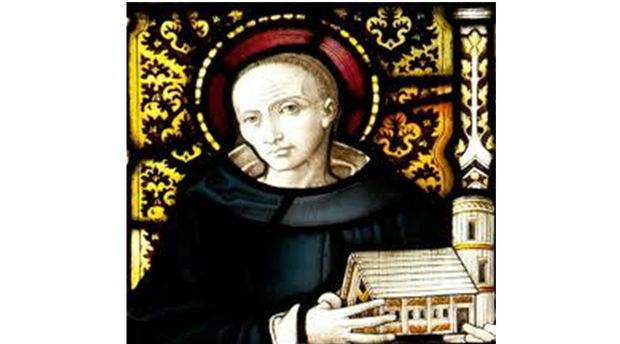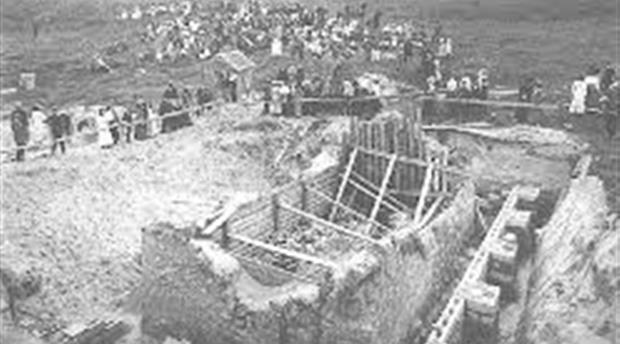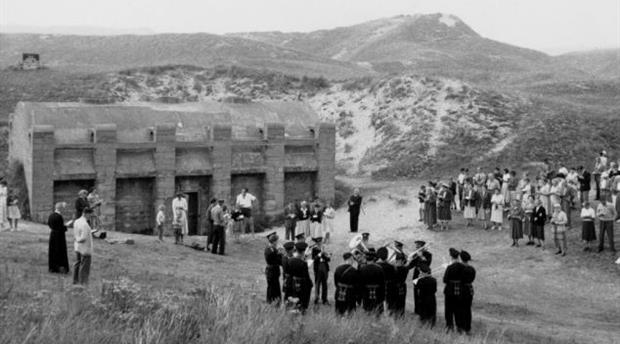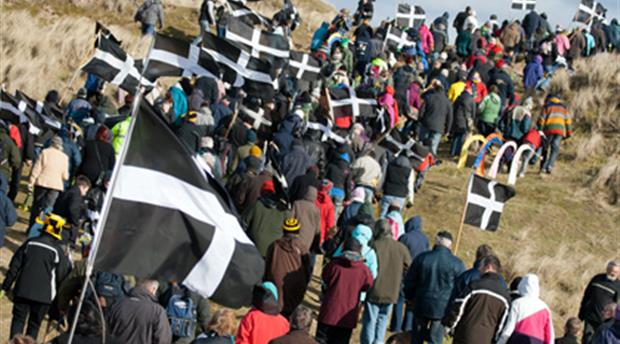This site uses cookies. By continuing to browse the site you are agreeing to our use of cookies. Read our privacy policy.
St Piran - Patron Saint of Cornwall




Legend says that St Piran originated from Ireland, cast to sea tied to a millstone on the order of the Irish King who was suspicious of Piran’s miraculous powers. St Piran survived stormy seas and arrived at Perranporth where he built an oratory to promote Christianity (his first disciples were said to be a badger, a fox and a bear)
The oratory is now preserved in the sand dunes at Perran Sands.
Patron Saint of Tinners
St Piran is famous for his accidental discovery of tin, when a black stone on his fireplace got so hot that a white liquid leaked out; the first tin smelting. It was this discovery that earned Piran the title ‘Patron Saint of Tinners’, tin mining being the backbone of Cornish industry. This discovery also formed the basis of the Cornish flag, the white hot tin on the black of the ore.
According to legend St Piran was fond of a tipple or two, despite his tipples, he is said to have lived to the age of 206.
St Piran’s day celebrations continue to grow in popularity, with the annual St Piran Play on Perran Sands a highlight, hundreds of people making a pilgrimage to the site of the oratory and other landmarks.
Britain's oldest chapel to be excavated
Archaeologists to explore sixth century Cornish church 'built by St Piran'
St Piran's Oratory near Perranporth, Cornwall, has been encased in a concrete bunker for three decades to protect it from the elements.
According to legend, St Piran, patron saint of tinners, built a chapel and forged a white cross in a fire which became the symbol of Cornwall.
Archaeologists are set to excavate the buried remains of a sixth century chapel - which could be Britain's oldest place of Christian worship.
Engulfed by sand in the Middle Ages, the remains of the oratory were first discovered in the late 18th Century.
There were two major digs in 1835 and 1843 that uncovered a number of skeletons - including one of large, headless man.
However, the remains were buried and encased in a large bunker in 1910 to protect them.
The shell was further reinforced in 1980 but now the St Piran's Trust has finally convinced authorities to let archaeologists tear down the concrete and explore the site.

